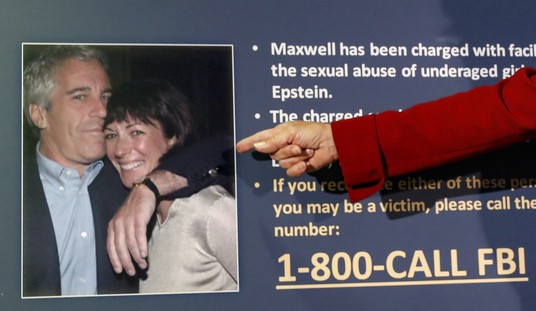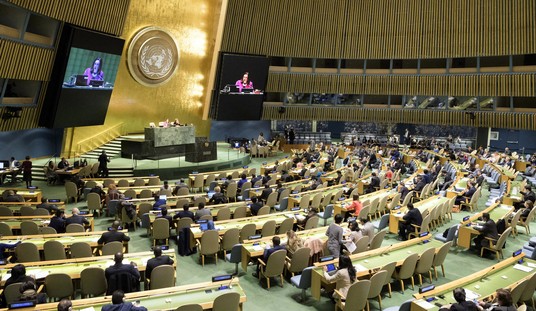Here’s an interesting juxtaposition of polls showing how one emotional national controversy can develop and endure bitterly for decades while another doesn’t, both thanks to the timing of landmark Supreme Court decisions.
A new Gallup Poll out this week shows support for same-sex marriage has held in the 60-to-mid-60s range since the Supreme Court approved it four years ago next month.
Support for gay marriage has been trending upward since 1996 when Gallup first asked the question and found only 27 percent approval.
Now, let’s look at the divisive issue of abortion. It was issued by the Supreme Court in 1973, the Roe v Wade decision.
Gallup has found two kinds of public approval in the ensuing years:
- Approval only under certain circumstances began at 54 percent in 1976, jumped to 61 percent in 1998 and then drifted down to 50 percent last year.
- Approval under all circumstances began at 22 percent in 1976, increased to 34 percent in 1993 and drifted back down to 29 percent last year.
- Illegal under any circumstances was 22 percent in 1976, dropped to 15 percent in 1993 and 1998 and stabilized at 18 percent through last year.
The issues are, of course, different in the sense that one deals with social customs while the other deals with permanently ending a pregnancy and the unborn life involved.
What they have in common though, is they are highly divisive, emotional issues decided by the Supreme Court but the timing was drastically different.
In 1973, the Court was under Chief Justice Warren Burger, a Nixon appointee. Ultimately, Nixon would be disappointed that Burger did not help overturn some of the more liberal decisions of the previous court under Earl Warren.
Burger, in fact, joined the ruling majority in Roe v Wade, finding a right to privacy in the Constitution’s Fourteenth Amendment that protects a pregnant woman’s liberty to choose whether or not to have an abortion.
But look at the poll numbers from the 1970s. Whatever the arguable legal justifications for the decision, it was in effect forced onto a society a large portion of which disagreed — and still disagrees.
In fact, the abortion issue is likely once again to be one of the more divisive topics in the next 529 campaign days. By the way, our colleague Jazz Shaw has an interesting post here on how media pre-shape the abortion issue through slanted vocabulary choices.
Now, look at the 2015 same-sex marriage court decision.
It was a 5-4 ruling, closer than the 7-2 Roe ruling. But the court did not accept the case and make the decision until the nation’s social consensus had already reached about six-in-ten approval. The result seemed less forcing a ruling onto the country and more simply ratifying what the people had already largely decided.
Perhaps a valuable lesson in there suggesting that sometimes it is actually better for national comity for a court to dodge finally settling some issues until they are socially ripe, as well as legally ripe for settlement.








Join the conversation as a VIP Member